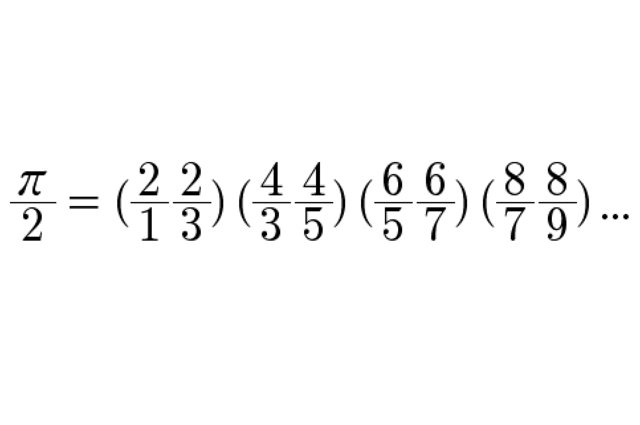
This is an example of something that I
feel suggests that the universe is either designed, or has some underlying
special structure that we are not aware of yet. Let me describe what was
discovered, and what I think it means.
Carl Hagen, a physics professor at the
University of Rochester, was teaching his graduate-level physics students how
to perform a particular calculation of the energy states of the hydrogen atom.
This is not an unusual thing. When I was a physics grad student, I probably had
to do something similar. One aside in the current situation is that Professor
Hagen happens to be one of the co-discoverers of the Higgs mechanism, which has
gotten so much press the last few years. This has nothing to do with that,
though.
Anyway, Hagen did the calculation himself
and noticed that it was turning out oddly. He enlisted one of his students, Tamar
Friedmann, to help him sort it all out. What they eventually found was that the
formula they were using to calculate the energy states of the hydrogen atom
also happens to be a formula for the irrational number pi.
There are many formulas that you can use
to produce the number pi. This particular one was devised by an English
mathematician named John Wallis in 1655. The formula is in the form of the
limit of an infinite sequence of ratios.
In other words, what Friedmann and Hagen
have found is a hitherto unknown connection between the actual physical world
of atoms and the abstract world of mathematics.
It's important to note that this
connection between pi -- which has to do with circles, of course -- and the
hydrogen atom has nothing to do with the fact that the simplest orbits of
electrons around the atom are circles. That is completely beside the point. There
are plenty of physical situations that deal with motion in circles, but whose
formulas have nothing whatever to do with the number pi. This formula does,
though, and that's what makes its discovery so amazing.
Now, there seem to three different ways of
looking at this discovery: "Of course", "Whatever", and
"Holy crap!".
Of course:
This point of view says, Well, of course they found a connection between the
physical world and the mathematical world. This happens all the time. If you
pick up a rock and then pick up another rock, guess what: you've just found a
physical-world example of the mathematical concept 1+1=2. This particular
discovery is just a more complicated example of exactly the same thing. This is
to be expected. There's nothing special to see here. Move along, citizen.
Whatever:
This point of view says, Well, okay, this is interesting, and, yeah, I guess
nobody over noticed this before about the two formulas, so, sure, you can
squeeze a paper out of it, I guess. But it certainly doesn't have any special
meaning. It's just one of those strange things you come across now and then.
Holy Crap!:
This point of view says, Holy crap! These are two entirely unrelated areas that
somehow are resulting in exactly the same thing. The laws of physics are about
physics. They describe the behavior of the universe. Although they're certainly
expressed using mathematics, they have nothing to
do with mathematics. You would never expect
to get a particular answer to a physics problem just because it was mathematically
an interesting number. That a calculation of something so fundamental as the
energy states of the simplest atom -- hydrogen -- would lead to the number pi
is not only totally unexpected, but also, somehow, extremely significant.
As to what the actual significance might
be? I have two thoughts.
One is that, if the universe is a designed
and created thing, this is a clue from the designers of the universe. They're
saying, See what we did there? In Douglas Adams's science fantasy book The Hitchhiker's Guide to the Galaxy, it turns out that the
Earth was designed and built for a specific purpose. At one point in the story,
one of the characters travels to Norway, and observes the signature that one of
the designers of the Earth hid underneath a glacier. This discovery is
something like that: a suggestion that the universe was created, and that the
creators left their signature in places like this.
The other possible significance is that
the universe is NOT a designed and created thing, but that there is a deep
underlying structure to the universe that we are not yet aware of. This
structure means that the value of the ratio of the circumference of a circle to
its diameter has something to do with the energy levels of the hydrogen atom, a
connection that we don't see, to put it mildly.
I, personally, am solidly in the Holy Crap! camp. This discovery is so unexpected, so
suggestive, so inexplicable that it has to have a special meaning.
What that meaning might be?
Well ...
Here is Friedmann and Hagen's actual paper
on the subject (don't worry: it's only 4 pages long):
Here are some links that describe
Friedmann and Hagen's discovery in ordinary language:
http://www.csmonitor.com/Science/2015/1111/Scientists-look-into-hydrogen-atom-find-old-recipe-for-pi

No comments:
Post a Comment